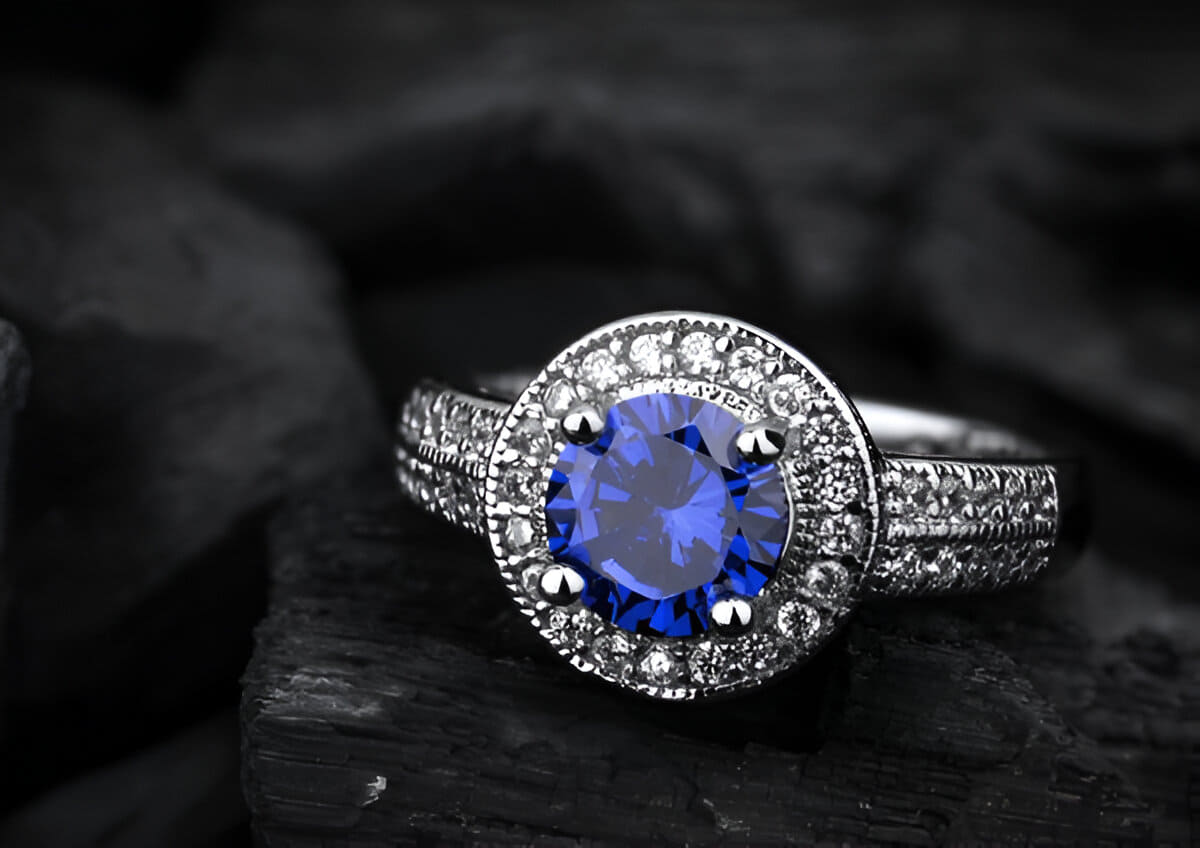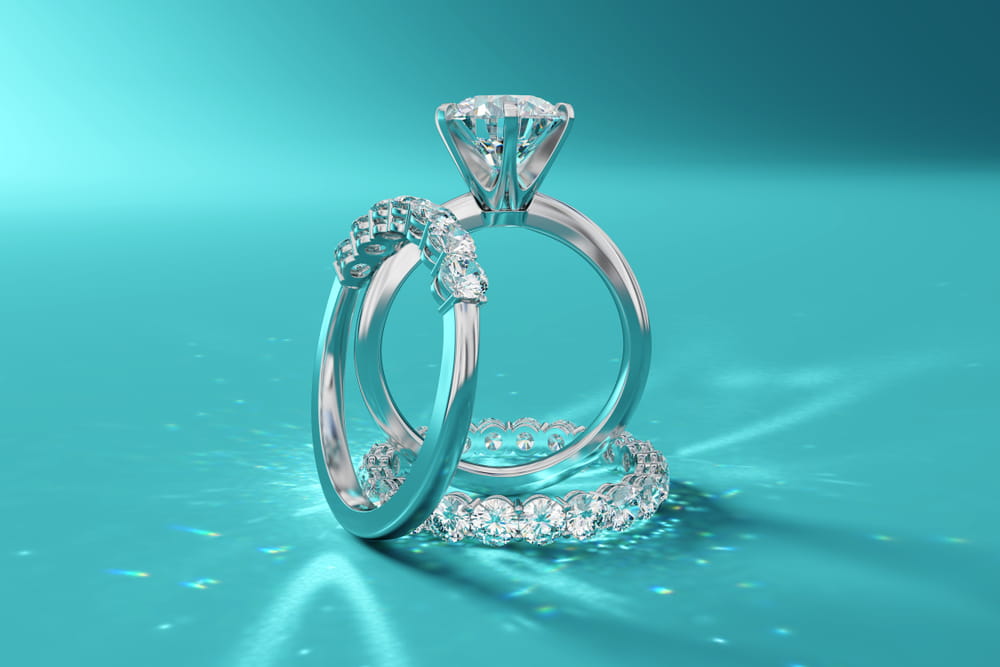Coloured gemstone jewellery offers an exquisite way to elevate your style, whether you’re dressing for a casual outing or a grand celebration. If you’ve ever felt your jewellery collection lacks vibrancy or wondered how to incorporate bold hues without overwhelming your look, this guide is for you. We’ll explore why coloured gemstones are cherished worldwide, their growing popularity in Australia, and how to select pieces that align with your lifestyle, values, and the occasion. From understanding durability and authenticity to pairing stones with outfits and ethical sourcing practices, you’ll gain the insights needed to make confident, personalized choices.
The Timeless Appeal of Coloured Gemstones
Coloured gemstones have captivated humanity for centuries, symbolizing power, love, and cultural heritage. Unlike diamonds, which are prized for their brilliance, coloured stones like sapphires, emeralds, and rubies tell stories through their unique hues and inclusions. Each gemstone’s colour is influenced by trace minerals—chromium creates the deep green of emeralds, while iron gives amethyst its regal purple. Beyond aesthetics, many stones hold symbolic meaning: rubies represent passion, sapphires wisdom, and emeralds renewal.
In Australia, the demand for coloured gemstones has surged, driven by a desire for individuality and sustainable luxury. Local jewellers are increasingly showcasing ethically sourced opals, sapphires, and lesser-known gems like parti sapphires, which display multiple colours in a single stone. This shift reflects a broader trend toward mindful consumption, where buyers prioritize transparency about a gem’s origin and environmental impact.

Understanding Gemstone Durability and Suitability
When investing in jewellery, durability is key. The Mohs hardness scale, which ranks minerals from 1 (softest) to 10 (hardest), helps determine a stone’s resilience. Sapphires and rubies (9 on the Mohs scale) are ideal for everyday wear, resisting scratches from dust and accidental impacts. Emeralds, though slightly softer (7.5–8), require protective settings due to natural inclusions that can make them prone to chipping.
For occasional wear, softer stones like opals (5.5–6.5) or pearls (2.5–4.5) offer ethereal beauty but need gentle handling. Consider your lifestyle: active individuals may prefer a bezel-set sapphire ring, while someone seeking a statement necklace for formal events might opt for a vivid tanzanite pendant.
Selecting Gemstones for Specific Occasions
Everyday Elegance
Subtlety reigns supreme for daily wear. Stones like morganite (soft pink), aquamarine (pale blue), or citrine (sunny yellow) add a touch of sophistication without overpowering casual outfits. These gems pair effortlessly with neutral tones, making them versatile for office wear or weekend outings.
Weddings and Anniversaries
Bold, romantic stones like rubies or emeralds symbolize enduring love. A sapphire engagement ring, popularized by royalty, offers a modern alternative to diamonds. For anniversaries, consider the traditional gemstone associated with the year—for example, emerald for the 20th or sapphire for the 45th.
Black-Tie Events
Deeply saturated gems command attention in formal settings. A pear-cut ruby pendant or emerald chandelier earrings complement evening gowns beautifully. For a contemporary twist, try a mismatched suite featuring complementary hues, such as amethyst and peridot.
Ethical and Sustainable Sourcing: What to Look For
Ethical sourcing is no longer optional—it’s a priority. Conflict-free gemstones, fair labor practices, and eco-conscious mining methods are critical considerations. Reputable Australian jewellers often provide certifications from organizations like the Responsible Jewellery Council (RJC) or detail a stone’s journey from mine to market.
Lab-grown gemstones are another ethical choice, offering identical chemical properties to mined stones at a lower cost. While purists may prefer natural gems, lab-grown options eliminate environmental concerns and appeal to budget-conscious buyers.

Pairing Gemstones with Your Wardrobe
Colour theory simplifies matching gems to outfits. Analogous colours (adjacent on the colour wheel) create harmony: pair a turquoise necklace with a teal dress. Complementary colours (opposite on the wheel) add drama—think a garnet brooch against an olive-green blazer.
Metals also play a role. Warm-toned gems like citrine or coral shine in yellow gold, while cooler stones like sapphire or tanzanite pop in white gold or platinum. For mixed-metal settings, ensure the gem’s hue doesn’t clash with the metal’s undertone.
Caring for Your Gemstone Jewellery
Proper care preserves a gemstone’s brilliance. Ultrasonic cleaners are safe for hard stones like sapphires but can damage porous gems like opals. Instead, use a soft toothbrush and mild soap for cleaning. Store each piece separately to prevent scratches, and remove jewellery before swimming or applying cosmetics.
Regular professional inspections are advisable, especially for rings and bracelets exposed to daily wear. A jeweller can check prongs for looseness and polish metals to restore lustre.
The Australian Gemstone Market: Trends and Tips
Australia is renowned for its opals, particularly black opals from Lightning Ridge, which display fiery flashes of colour. Parti sapphires, unique to Queensland, feature striking blue-green-yellow combinations. When shopping locally, visit accredited stores like the Opal Capital of the World in Coober Pedy or seek out artisan markets in Sydney and Melbourne for one-of-a-kind pieces.
Online shopping offers convenience but requires diligence. Verify certifications, read return policies, and prioritize sellers with high-resolution images and video consultations.
Addressing Common Questions
Q: Can coloured gemstones be resized or repaired?
A: Yes, but it depends on the setting and stone. Simple bands are easier to resize than intricate designs. Always consult a specialist for fragile gems.
Q: Are darker gemstones more valuable?
A: Not necessarily. Value depends on colour saturation, clarity, and rarity. A lightly tinted Kashmir sapphire can be more valuable than a dark, included stone.
Q: How do I choose a gemstone for sensitive skin?
A: Opt for hypoallergenic metals like platinum or titanium. Avoid nickel alloys, which can cause reactions.
Final Thoughts
Coloured gemstone jewellery is more than an accessory—it’s a reflection of personality, values, and artistry. By prioritizing quality, ethics, and personal resonance, you’ll find pieces that transcend trends and become heirlooms. Whether you’re drawn to the mystique of opals or the timeless elegance of sapphires, let your choices tell a story as unique as the gems themselves.
With this guide, you’re equipped to navigate the world of coloured gemstones confidently. Embrace the journey of discovery, and let your jewellery collection shine with intention and beauty.



